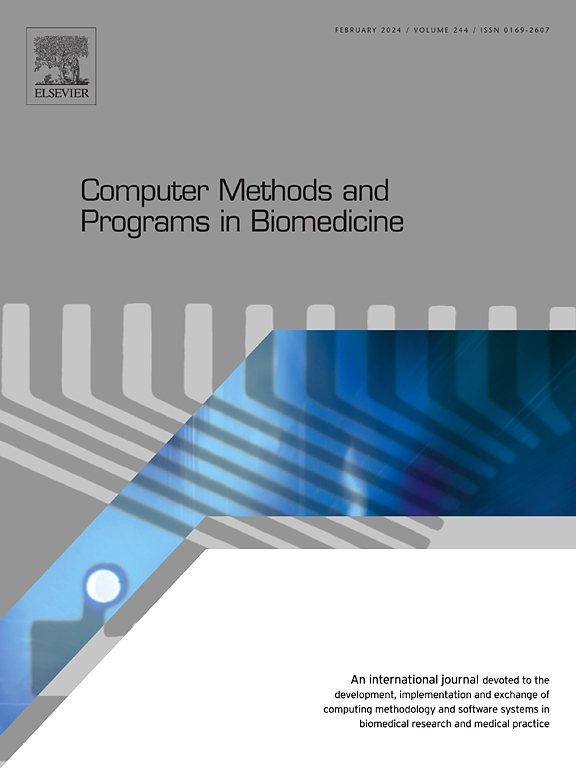Machine learning based finite element analysis for personalized prediction of pressure injury risk in patients with spinal cord injury
IF 4.9
2区 医学
Q1 COMPUTER SCIENCE, INTERDISCIPLINARY APPLICATIONS
引用次数: 0
Abstract
Background and Objective
Patients with spinal cord injury (SCI), are prone to pressure injury (PI) in the soft tissues of buttocks. Early prediction of PI holds the potential to reduce the occurrence and progression of PI. This study proposes a machine learning model to predict soft tissue stress/strain and evaluate PI risk in SCI patients.
Methods
Based on the standard database from parametric models of buttock, the biomechanical response of soft tissues and risk factors affecting PI were analyzed. A comprehensive assessment of multiple machine-learning methods was performed to predict the risk of PI, the selected optimal model is explained locally and globally using Shapley additive explanations (SHAP).
Results
The proposed hybrid model for predicting PI consists of a backpropagation neural network and Extreme Gradient Boosting, performed the coefficient of determination (R2) of 0.977.
Conclusion
The model exhibits accurate performance which may be considered as the ideal method for predicting PI. Furthermore, it can be used with other health-monitoring equipment to improve the quality of patients with SCI or other dysfunctional diseases.
求助全文
约1分钟内获得全文
求助全文
来源期刊

Computer methods and programs in biomedicine
工程技术-工程:生物医学
CiteScore
12.30
自引率
6.60%
发文量
601
审稿时长
135 days
期刊介绍:
To encourage the development of formal computing methods, and their application in biomedical research and medical practice, by illustration of fundamental principles in biomedical informatics research; to stimulate basic research into application software design; to report the state of research of biomedical information processing projects; to report new computer methodologies applied in biomedical areas; the eventual distribution of demonstrable software to avoid duplication of effort; to provide a forum for discussion and improvement of existing software; to optimize contact between national organizations and regional user groups by promoting an international exchange of information on formal methods, standards and software in biomedicine.
Computer Methods and Programs in Biomedicine covers computing methodology and software systems derived from computing science for implementation in all aspects of biomedical research and medical practice. It is designed to serve: biochemists; biologists; geneticists; immunologists; neuroscientists; pharmacologists; toxicologists; clinicians; epidemiologists; psychiatrists; psychologists; cardiologists; chemists; (radio)physicists; computer scientists; programmers and systems analysts; biomedical, clinical, electrical and other engineers; teachers of medical informatics and users of educational software.
 求助内容:
求助内容: 应助结果提醒方式:
应助结果提醒方式:


